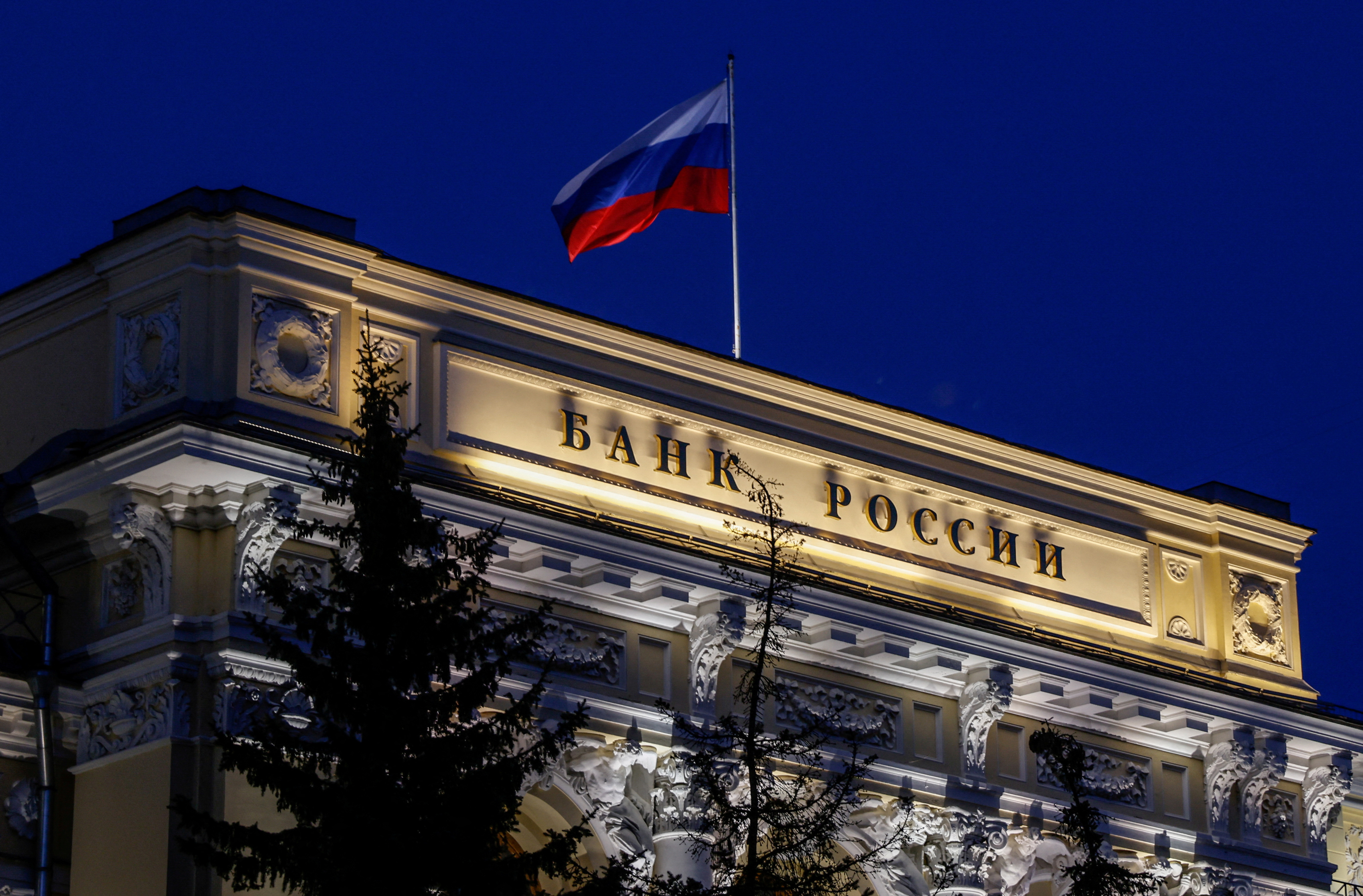The instruments of interest rate policy were also modified significantly. In order
to enable interest rate policy to be effective, credit organisations should be using
the policy instruments frequently, and the rates on these instruments should
influence market exchange rates. This was not exactly the case during the pre-crisis
period, when commercial banks used the Bank of Russia’s liquidity facilities mainly
during brief periods with liquidity deficits. In order to increase the significance and
volume of the liquidity management operations, the rates on the Bank of Russia’s
instruments were brought closer to market rates, and the gap between the rates on
the liquidity-absorbing and liquidity-providing operations was narrowed.
By 2011, the structural liquidity surplus was gone, the commercial banks started
using the Bank of Russia’s liquidity facilities on a regular basis,
and the rates and
302 BIS Papers No 78
volumes of the liquidity-providing/absorbing operations were having a direct effect
on market conditions, making interest rate policy much more effective.
September 2013 saw the most recent changes to the Bank’s system of
monetary policy instruments. First, the Bank of Russia introduced its key rate –
the
interest rate on the Bank’s one-week liquidity provision and absorption open market
operations, including a maximum interest rate on one-week deposit auctions and a
minimum interest rate on one-week repo auctions. Second, an interest rate band
was established by setting rates on the standing liquidity-absorbing/providing
facilities at 1% lower/higher than the key rate.
To sum up, the Bank of Russia has modified its mix of policy instruments
considerably in response to changes in macroeconomic and financial conditions
during and after the world financial crisis. A transition was made from a policy that
was primarily exchange-rate-stability-oriented, by which the money supply and
interest rates were at least partially beyond the control of the Bank, to a policy by
which the monetary aggregate dynamics are no longer tied to FX interventions by
the central bank. The Bank of Russia now has much greater control of the money
supply and interest rates via its interest rate policy instruments, while still
maintaining the ability to smooth undesirable exchange rate fluctuations thanks to a
more flexible FX intervention mechanism.

